The African adage it takes a village is poignant. The idea of community and doing things together places African communities in a unique position for effective human centered participatory design. It also places a special emphasis on context. Our various contextual deep dives into different communities have illuminated just how diverse the context in Africa are, and how these can influence the effectiveness of design.
The theory of change (in a nutshell) maps expected outcomes and the elements that need to be in place for these outcomes to be realized. Recently, we did a user experience deep dive in Kiltamani primary school, a school on the edge of the grid in Samburu county. We donated a Kio Kit to this school some months ago. Other that provide updates on new features we have since developed as a result of user experience research, we also wanted to reconnect with the community within which the Kio Kit was being used.
For this 5-night visit, I cast my user experience net wider than the Kio Kit classroom situation. We needed to understand what makes the ecosystem work or fail. What the perspective and attitudes of the community were towards education, what the socio-economic factors were at play and the key factors towards improving the education level of these students. I also was keen to learn how design and the Kio Kit fits into this equation.
To realize this, the details were important. From where we pitched our tents, how we interacted with community members, teachers and students.
The change agents that complement the technology we deploy included the following;
- The community leadership
- The community (parents, neighbors)
- Teachers
- Students
The Pastoralist Context
The Samburu people are nomadic; this means they move from place to place looking for pasture for their animals. The children are the main labor force when it comes to taking care of their livestock, primarily goats. This means for a boy or a girl to go to school, their parent has to really believe in education, because they have to take over and walk for kilometers into the mountainous terrain replacing their children in taking care of the animals.
It is not easy work, taking livestock far into the dry area seeking pasture. A case in point is when elders were suddenly called for an emergency meeting because Hyena had killed 30 goats. One day a child was fighting for their lives after being attacked by and elephant. It is a tough grind, especially in the desert landscape where the school exists. Going to school is a serious commitment both on the parent and the students, often walking 20-30 Kilometers just to get to school.
The school has been performing very poorly in national examinations, with hardly any students from the school qualifying for secondary education. We set up a meeting between the community leadership and teachers to discuss school performance and how to improve the education of their children.
Community Leadership
There is a board of management for the school (formally school committee), that comprised elders from the community, primarily parents with their sons and daughters going to this school. Interestingly, for a patriarchal community, the leadership was mostly comprised of women, especially because they had their children in the school.
The community leadership’s role is to make sure the school is well run, the teachers are doing their work and any support that the school needs from the community is provided. The leadership is essentially the link between the community and the school.
The biggest challenge for the leadership is the fact that they are mostly illiterate. Therefore, it is hard for them to ascertain information coming from the school. Their biggest complaint is that the teachers often would say they children were doing well, only to realize they were not when national exams are held and their children don’t qualify for secondary education. This has greatly undermined the confidence in the teaching staff, with the community feeling that they are sacrificing their children’s time away from the livestock only to be let down by the teachers.
The Teachers
The school has 8 classrooms and only 7 teachers, some of whom suffer from alcoholism. This means absenteeism from class by the teachers and sometimes ill prepared delivery of content to the students. This is exacerbated by the fact that one class is always without a teacher since there is only 7 of them.
Teachers also feel demotivated by severe absenteeism by students. When it is dry, the family moves further from the school to find pasture, therefore an even longer walk to school or absenteeism to find pasture.
The Samburu also marry their girls off very young. There was only one girl in standard seven, with none in standard 8. This is a huge source of frustration for the teachers because sometimes their best students are girls.
Students who perform well are also often transferred to other schools for upper primary studies, meaning they are left with few well preforming students.
The school is also far away from social interaction, meaning the teachers are confined to a non existent social environment for months on end.
Teacher training, materials and compensation is also an issue, meaning they are often ill equipped and poorly prepared to deliver quality education to the students.
The Community
Parents are frustrated by the lack of good results from the school. Their lack of literacy and education means they also have limited commitment to education vis-à-vis their socio cultural practices of marrying their girls young. Some parents however demonstrate a real passion for education for their children, some even taking adult classes themselves to be able to cope.
Without education, we are blind. We are only seeing out of one eye, we want our children to go to school in order to lead us out of poverty and ignorance.
Resolution
The community leadership passionately appealed for the teachers to work harder and produce results that made the future of their children brighter and the community proud of the school.
The teachers asked for more support in ensuring that students are available for class consistently including girls in upper primary. There was a memorandum of understanding signed between each stakeholder with specific commitments towards the success of the school. This was an incredible contextual journey that gave us amazing insights into how the Kio Kit and design can fit even better into this context. For example;
- Designing automated attendance registers that send an SMS to the community leadership and the specific parent when a child is absent means the community is aware and is able to respond in a timely manner. This can be built into the Kio Kit.
- In a context where there is shortage of teachers, more self-learning content for students in the class where there is not teacher would be helpful instead of leaving students completely on their own.
- Materials to support the continuous education of teachers in their skill and practice in order to keep them motivated and progress in their own careers can help counteract the feeling of stagnation and perpetual routine methods.
Many have the mindset that illiterate communities would care less if their children performed poorly because the value of education is nascent. The contrary proved to be true.
I sacrifice the labour my child provides for him to go to school. I am 50 and have to go up the mountains in the heat to take care of our goats so that he gets an education. I have no other investments but my son. All my hope is in him. That he may do well and take us out of this extreme poverty we endure. With him, all my hope lies
Samburu parent.
The stakes are in fact higher, and confirm what I have always said and used as my guiding ethos.
Africa cannot afford un-contextualized design; the stakes are simply too high.
Mark Kamau
As we design for African context, I am glad a work with a company that understands this and is willing to invest in this kind of deep dive to better understand and design with people in their contexts.










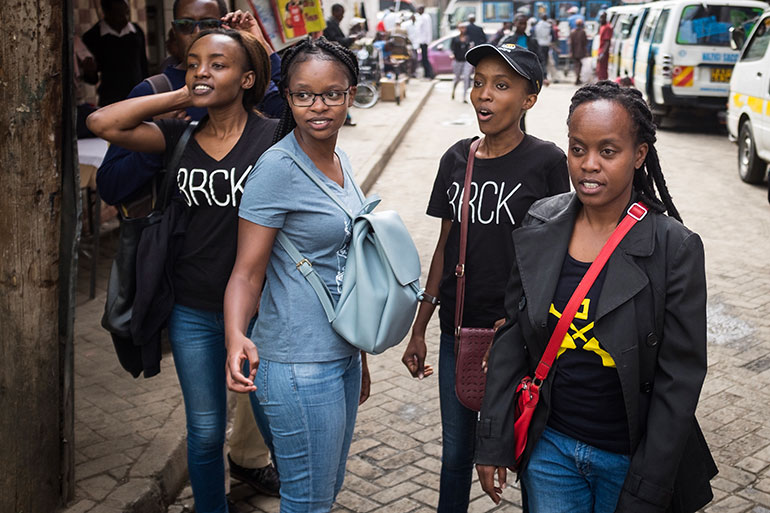
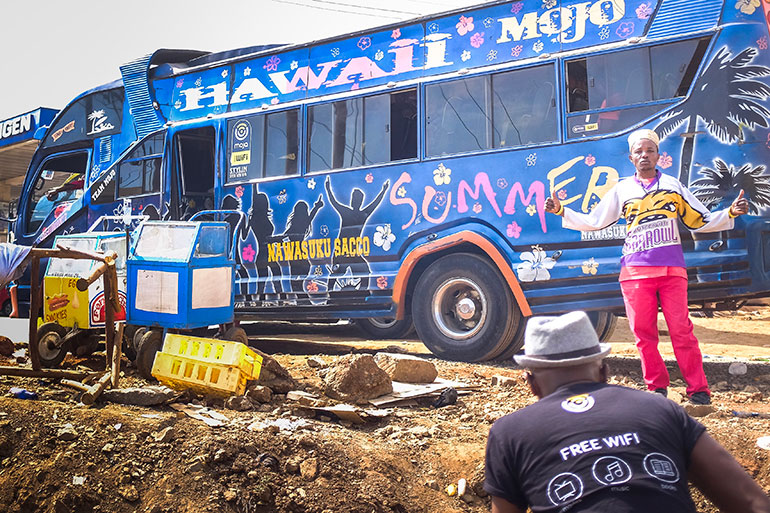



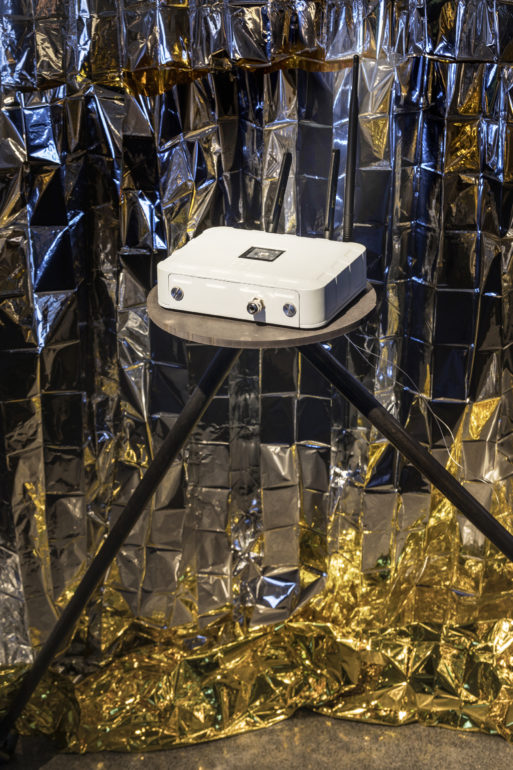

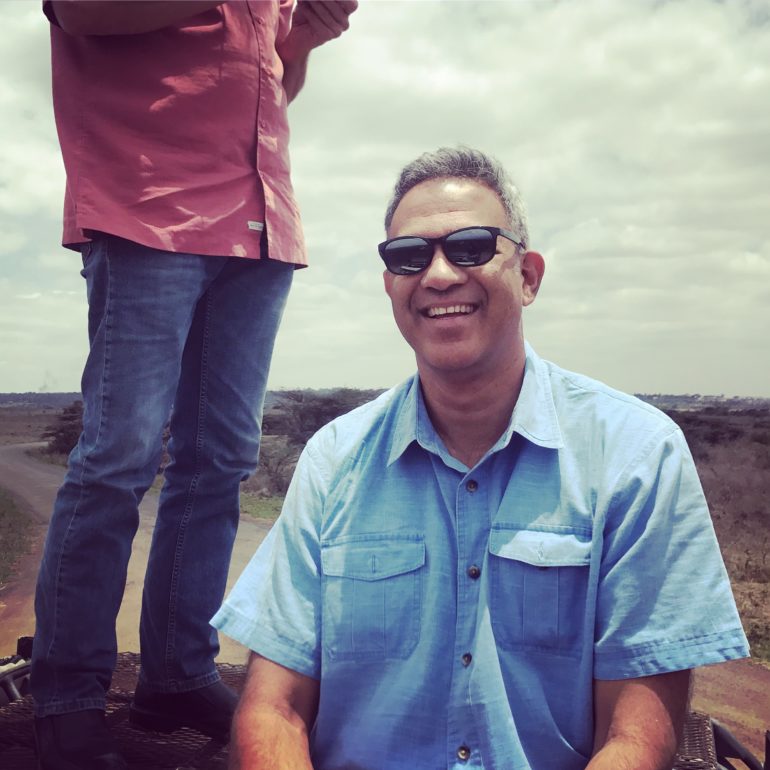



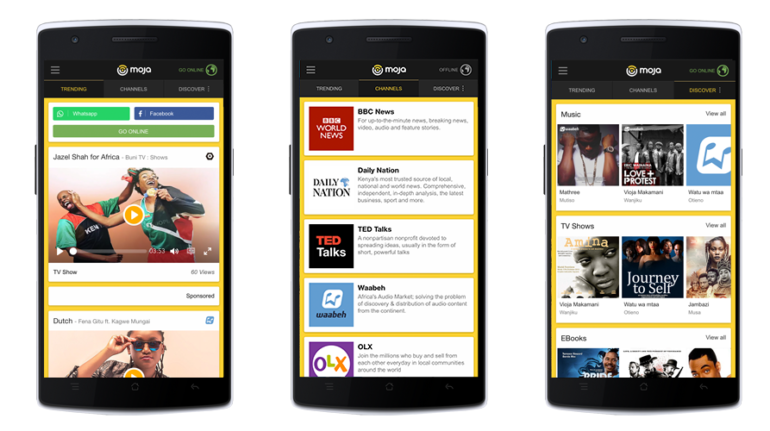







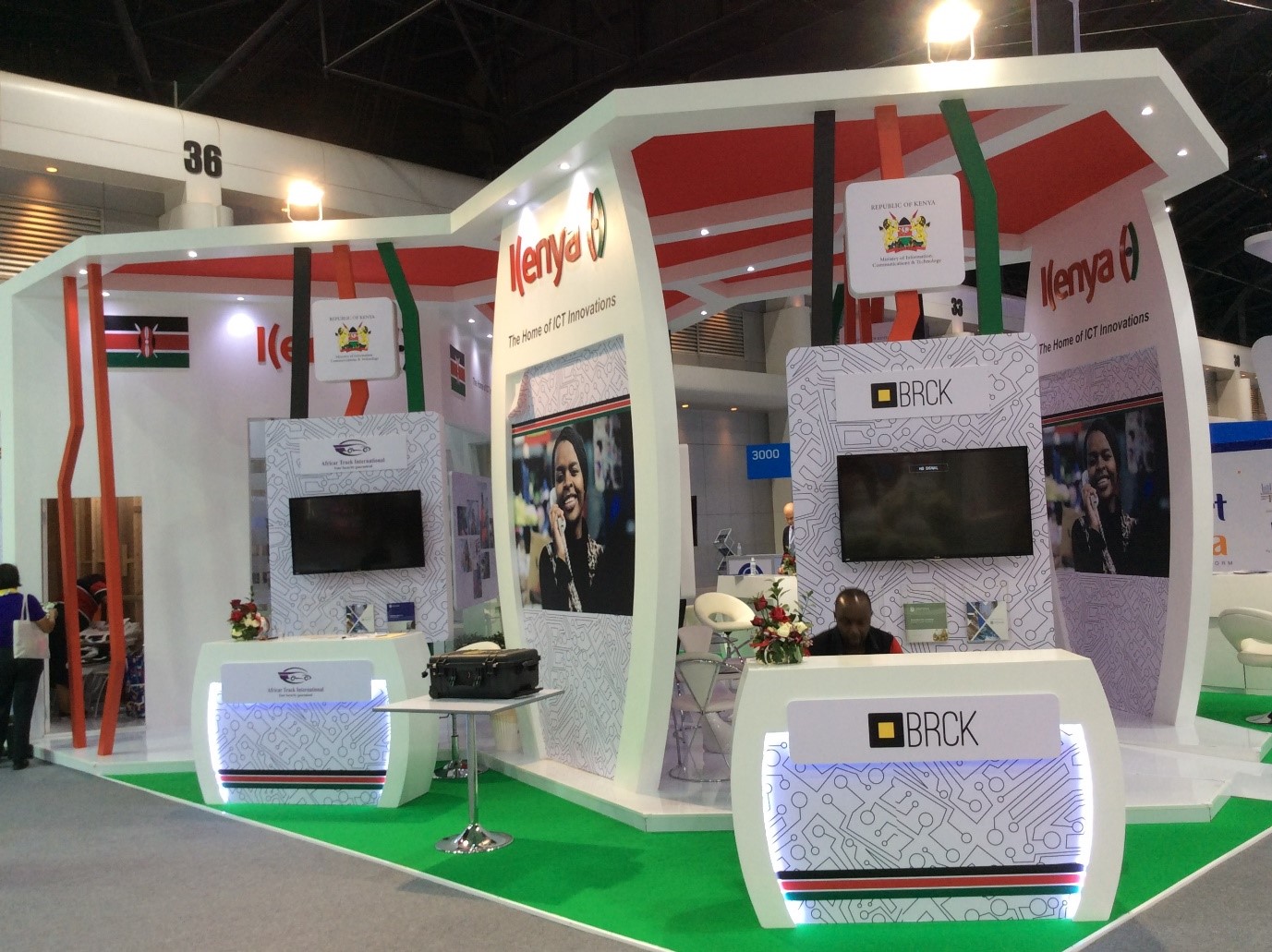
 Alex Masika pitching to a panel of judges
Alex Masika pitching to a panel of judges Alex Masika giving his acceptance speech
Alex Masika giving his acceptance speech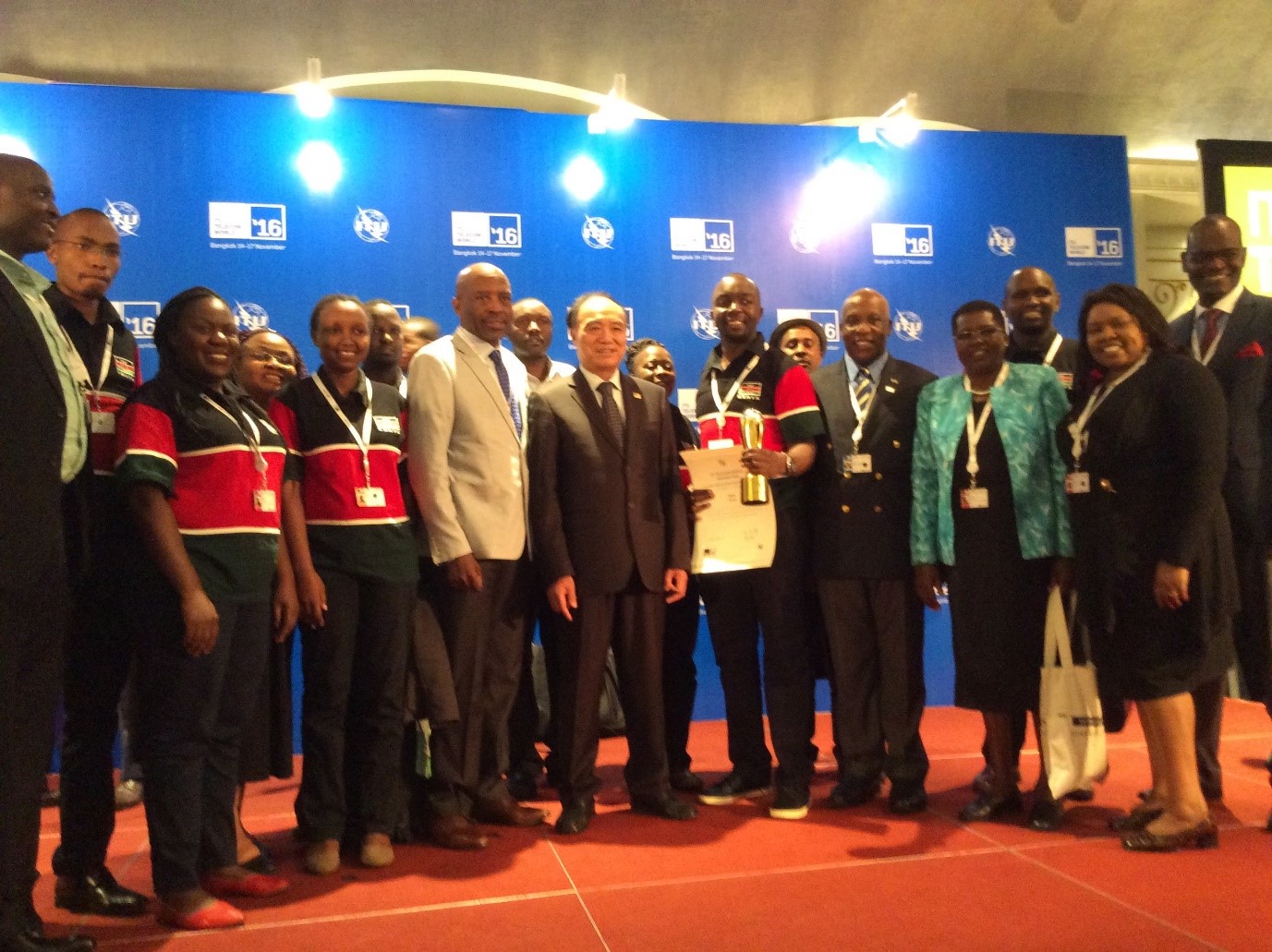 Kenyan delegation led by PS Sammy Itemere, Ambassador Patrick Wamoto, MPs, board members and staff of the Communication Authority of Kenya pose with Thailand’s Prime Minister
Kenyan delegation led by PS Sammy Itemere, Ambassador Patrick Wamoto, MPs, board members and staff of the Communication Authority of Kenya pose with Thailand’s Prime Minister CEO Erik Hersman accepting award at AfricaCom
CEO Erik Hersman accepting award at AfricaCom